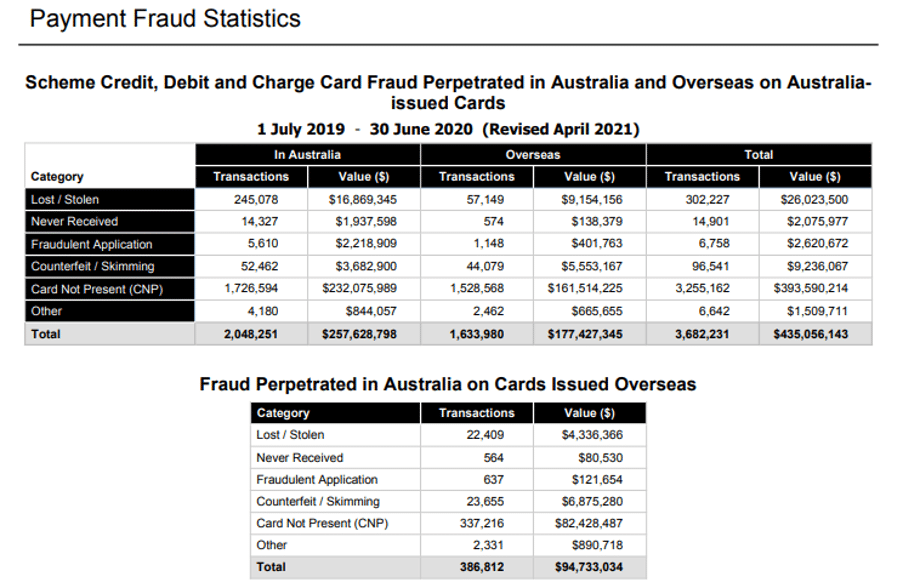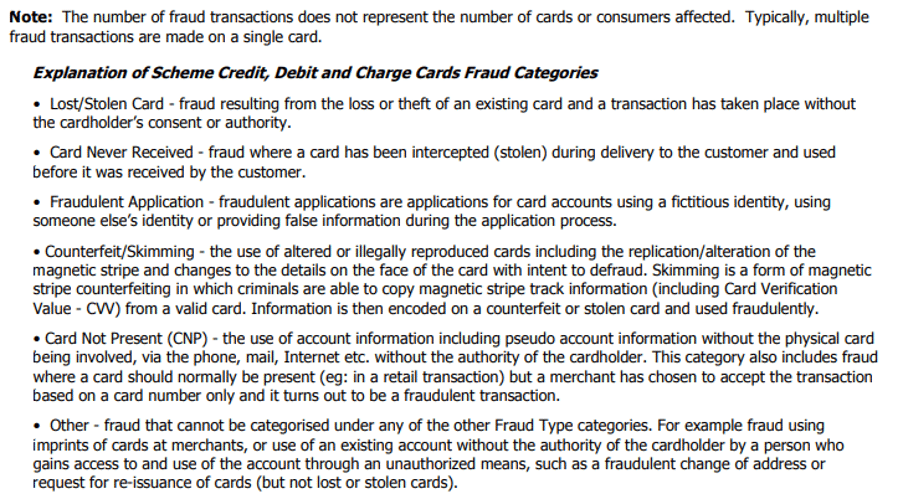In: Fraud Statistics
August 10th, 2021
What is a skimming attack?

What is a skimming attack?
Skimming is an illegal practice used by identity thieves to capture credit card information from a cardholder surreptitiously. In the Australian Fraud Statistics 2019-2020 this form of crime is on the rise big time.
Why do I need to be concerned about being a victim of a skimming attack?
In our digital age, skimming has become a growing problem. Criminals can use your skimmed details to clone a new card, make online purchases or sell to other criminals. Don’t fall victim to a skimming attack, at Armourcard we have your back covered.
I don’t need to worry, the banks will simply refund the amount from the skimming attack, no drama… right?
Unfortunately, in reality, it is a painful process to deal with when your credit cards details are stolen. Whilst most banks are improving their functions around catching potentially fraudulent transactions the process to remedy is long, and painful. It is good practice to check your credit card statements on a monthly basis and not rely on the bank to catch everything. Keep an eye out for very small withdrawals such as $0.01 or $1.00 or from other countries. Fraudulent charges can continue for months.
Your compromised credit card will be canceled while investigations are carried out. You will receive your new card in the mail. This step can take longer than any of us would like. Some banks ask you to allow two weeks for this process. Yes, you read that correctly. Two. Weeks. If the account is a debit account, it will likely be frozen while investigations are carried out. It is a good idea to get a copy of your credit report to see how much damage has been done.
So you have your new card, we’re able to prove the transactions were fraudulent, and the sun is shining again, right? Well, apart from those direct debits you have set up. You will need to contact every single company and update your card details. With any luck, your bank will send you the list to update. If you forget to update a direct debit you may find you end up with late fees. Now that’s a pain.
The latest statistics* for “card not present” fraud (where your card is not physically present for the transaction, such as when the details have been stolen) are frightening. Add the ATM skimming statistics and you start to understand why there is such a focus on protecting our credit card information.

 *Source: Australian Payments Network
*Source: Australian Payments Network
So.. what is the best way to protect myself from a skimming attack and other types of fraud?
Luckily, there are some simple steps you can take to protect your data. Let’s review the basics:
- Be very cautious providing your credit card details online. Don’t click on a link from an email to make a payment. Ensure the website you are on is the one you think it is.
- Run a virus scan on your computer.
- When using an ATM give it a wiggle to check there is not a false front attached. Cover your hand when entering your PIN. Don’t share your PIN.
- Check your statements regularly – don’t rely on the banks to advise of any fraudulent activity.
- Keep your credit cards safe and secure from a skimming attack. Only take out the cards you will need and make sure you have an Armourcard next to it to prevent your data from being stolen.
- If you place your wallet in a safe box in a hotel make sure you have Armourcard RFID blocking technology protecting your cards and for passport protection look at our PassportBLOCK product All these products help protect you from a Skimming attack.
- Keep up to date with scams to avoid becoming defrauded look at official websites for up to date information like Scamwatch and follow Armourcard on Facebook for the latest updates on how to protect yourself.
- Be extremely careful when using public USB ports or charging stations as you see in airports, shopping malls, and cafes as these charging ports can be used to skim your phone or devices. This crime is called ‘Juice Jacking‘ and is on the rise. The best way to prevent your devices from being hacked when charging is to you our DataBLOCK range of products